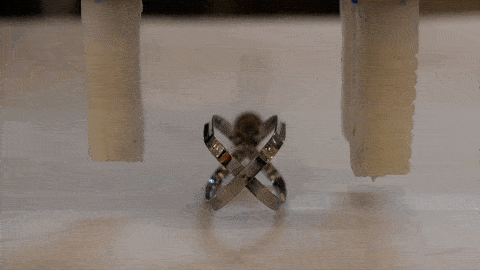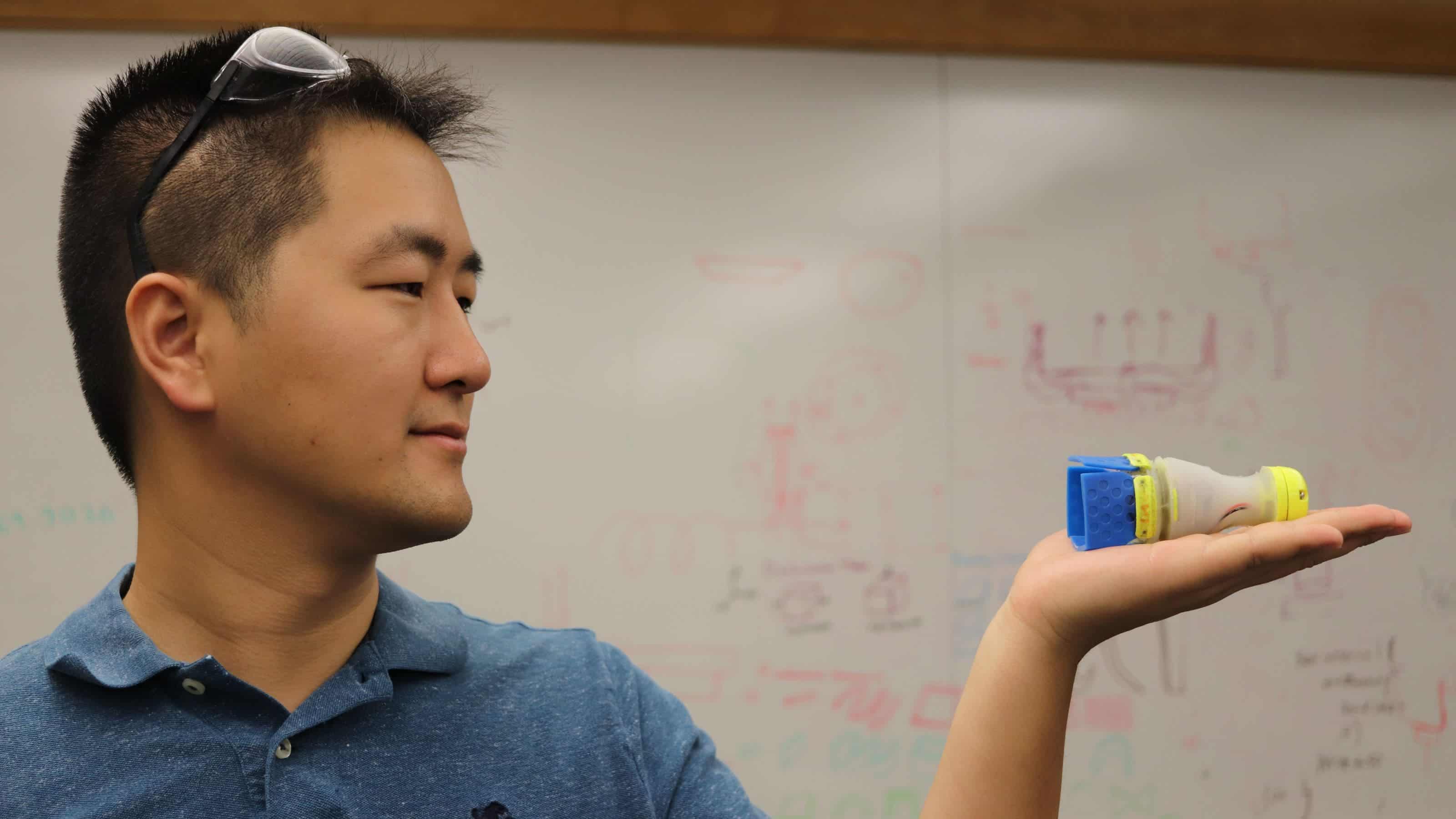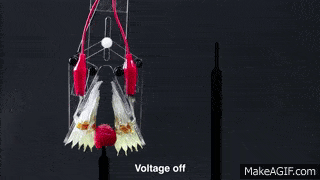When people think of robots, the image of a helpful anthropocentric bot is conjured, like Rosie from The Jetsons or 3CPO from Star Wars. In the 21st century, robots are already ubiquitous, but not the kind you imagine. Thousands of meticulous, stern robots dot any modern assembly line. With precise motion and blazing speed, these robots assemble the nanometer transistors stacked by the millions inside your iPhone’s CPU or fix nuts and bolts in a Tesla Model S. For the past decade or so, a great deal of interest has been shown in a novel class of robots. It’s called soft robotics, and involves machines designed to resemble biological systems like squids, caterpillars, starfish, human hands and more. Though far less practical at this point, soft robots could prove invaluable soon enough.
A different kind of software
Hard robots, made of rigid limbs, involve very meticulous programming. These machines ‘know’ very well what they need to do, and complete the task. If there’s a problem, it’s the programmer’s/developer’s fault. The problem is that these become useless once you put them outside of their environment. Soft robots, on the other hand, are made from elastic and flexible materials which allow them to mold to the environment, just like the biological counterparts. Such machines can stretch, twist, scrunch and squish, change shape or size, wrap around objects and perform tasks impossible by rigid robotics standards.
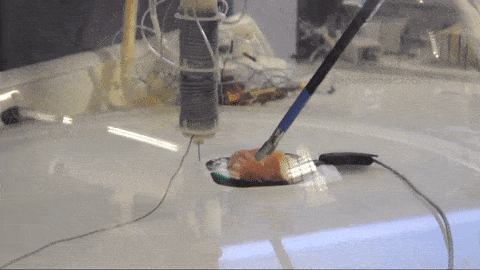
A prime example is an octopus-like bot developed at the Sant’Anna School of Advanced Studies in Pisa, Italy which aims to improve surgical operations. Just like its aquatic inspiration, the Stiff-Flop robotic tentacle has no rigid skeleton. Instead, movements are driven by inflatable compartments, while its stiffness is held by a tube filled with coffee.
“The human body represents a highly challenging and non-structured environment, where the capabilities of the octopus can provide several advantages with respect to traditional surgical tools,” said the paper’s lead author Tommaso Ranzani, from the Sant’Anna School of Advanced Studies in Pisa.
Traditionally, surgical tasks involve a myriad of special instruments from graspers, to dissectors, to retractors. The Italian researchers hope that eventually, their soft-bodied robot will use its tentacles to find a way through an awkward area, then hold together a delicate organ with one arm, while another performs surgery. The number of instruments and operations required would be significantly trimmed.
The current prototype is 14cm long and 3cm across and split into two sections. And while it still has a long way to go before you let this thing anywhere near your guts, it is a great proof of concept of what’s to come.

At MIT’s Computer Science and Artificial Intelligence Lab (CSAIL), researchers built a 3-inch cube. Sensors track its position, and this information is used by the squishy bot to deploy steel ‘tongues’ to move about. The bendable steel presses against whatever surface the cube is resting on, propelling it up with a jump. Future versions might become equipped with a camera so the jumping cube can be used in disaster relief situation.
Harvard University made a robot that mixes the blending capabilities of a squid with the locomotion mechanics of a sea creature. The robot employs a dynamic coloring system, based on micro-channels into which dye is pumped. These color layers used for the camouflage were first created using molds from 3D printers. Silicone is then poured into the molds to create these micro-channels, topped with another layer of silicone. In all, it takes 30 seconds for the robot to fill with color and another 30 seconds for it to drain – a full minute to completely blend into its surroundings or, oppositely, stand out.

Made of mostly silicon, this X-shaped soft robot uses a pneumatic network embedded inside to move about. It’s controlled by a simple Arduino board, while a GoPro acts as a visual sensor. According to the Harvard researchers who devised it, the robot can squirm over fire, across ice, and survive under a car tire.
Though usually the domain of rigid robots, there are instances where a soft robot can become useful in manufacturing. Imagine a busy Amazon warehouse where robots are regularly used to stack, retrieve items or clean up. There’s a different robot for each function, and each robot uses a distinct feature in its own turn. An MIT design uses sensors in the hand that can measure the shape of the object, using an algorithm that allows the hand to distinguish one object from others. It can recognize a variety of different objects: a CD, an egg or a cup, for instance. Much more versatile.
“The idea with a soft hand is that it’s a lot easier for the robot to pick something up,” said Bianca Homberg, a graduate student in MIT’s Distributed Robotics Lab, and the lead researcher on the project.
“With a rigid hand,” Homberg added, “there has to be a lot of complicated grasp planning to figure out how exactly it is going to pick up the object — where it is going to put its fingers so that it doesn’t drop [the object]. With a soft hand you just grab it and the fingers bend around the object and pick it up.”
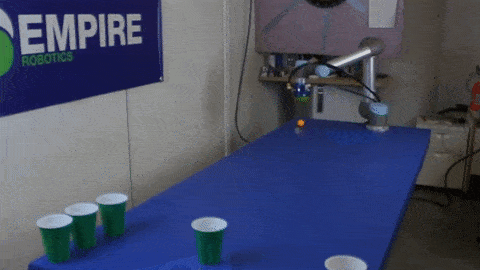
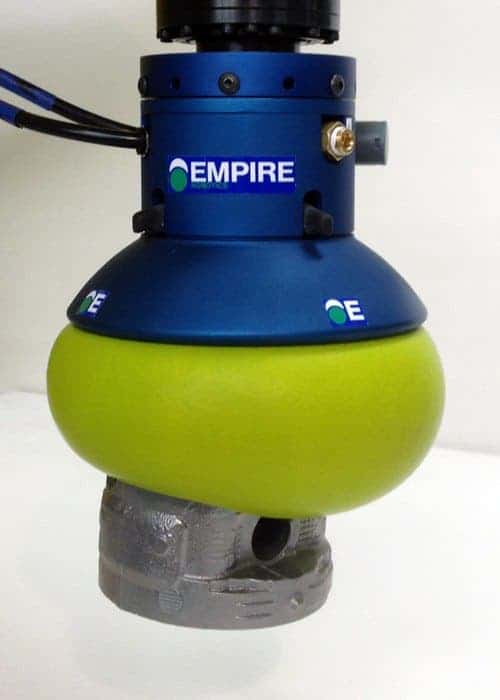
Soft robots for gripping are being tested in many other places, elsewhere. Created in a collaboration between the University of Chicago and Cornell University, this gripper is called the Versabal. It utilizes the “jamming transition” phenomenon, in which granular objects remain loose and almost liquid ordinarily, but jam together to form a solid when vacuum-packed.
It’s basically a really, really effective air suction cup. By applying vacuum inside the ball, the Versaball can pick up an object by wrapping around it. Simply by releasing the vacuum, the object is released.
Though all these contraptions might look squishy and useless, they’re not. A lot of surprises will follow in the coming years. The soft-bot revolution is waiting to happen.


